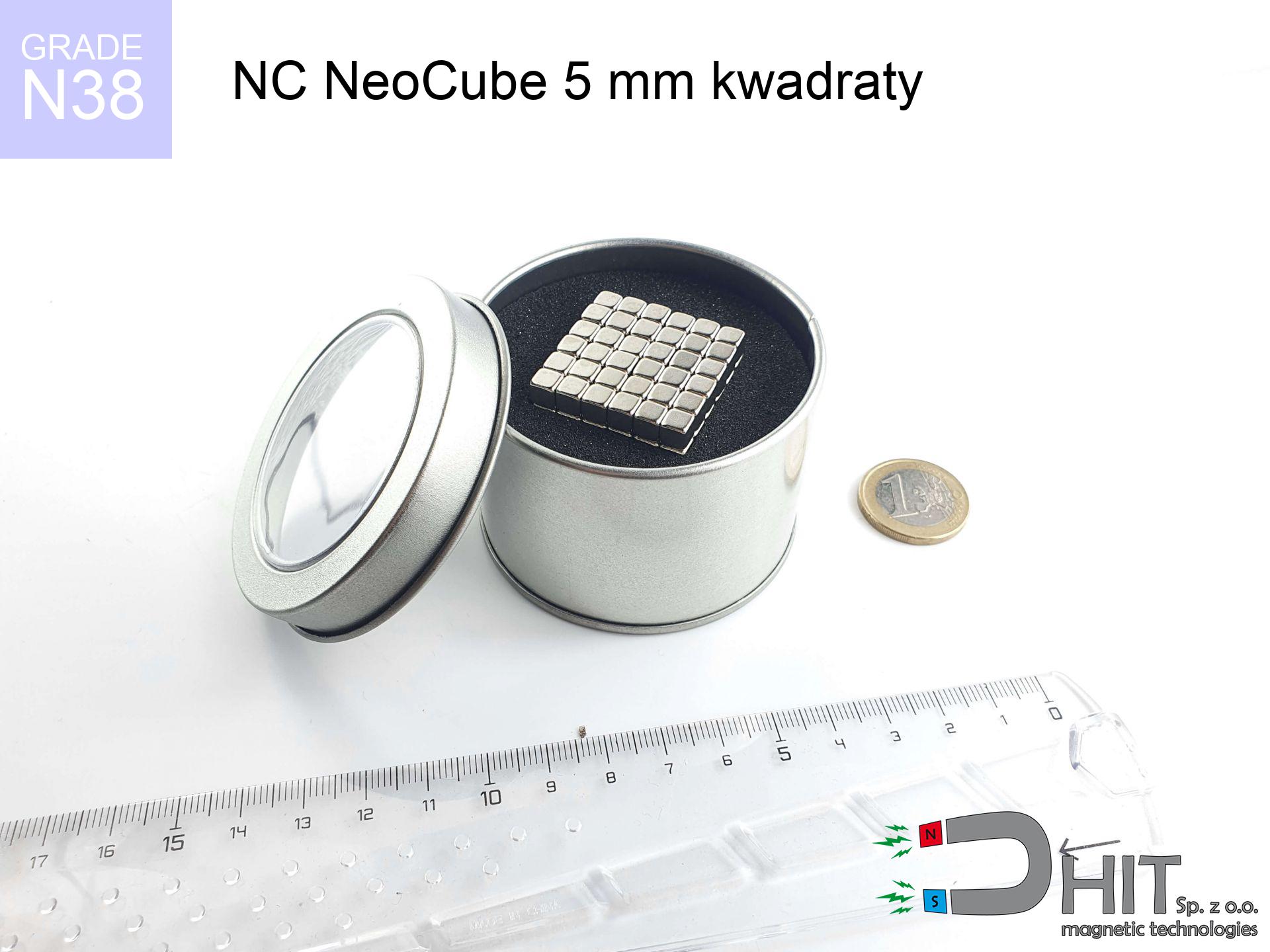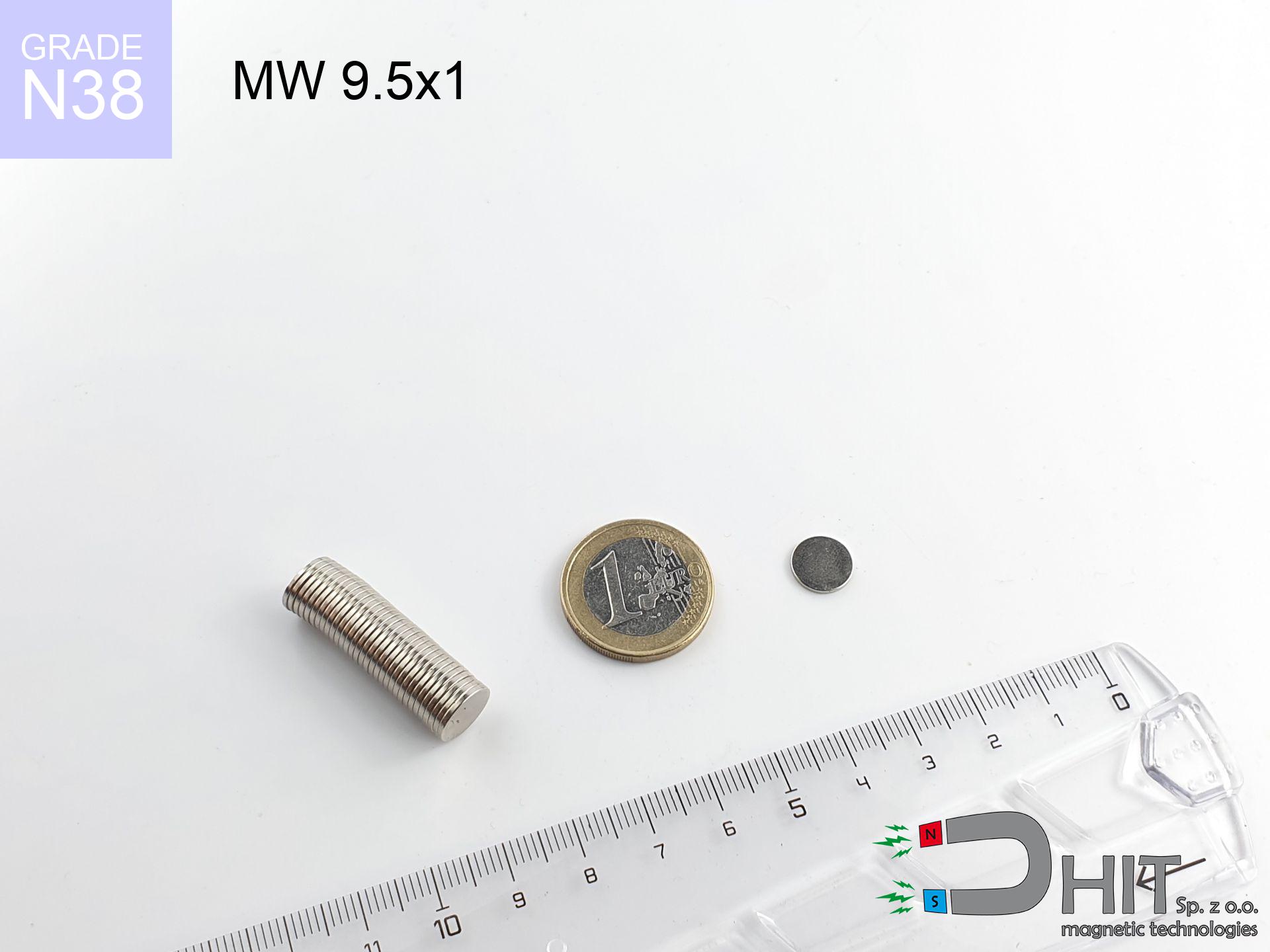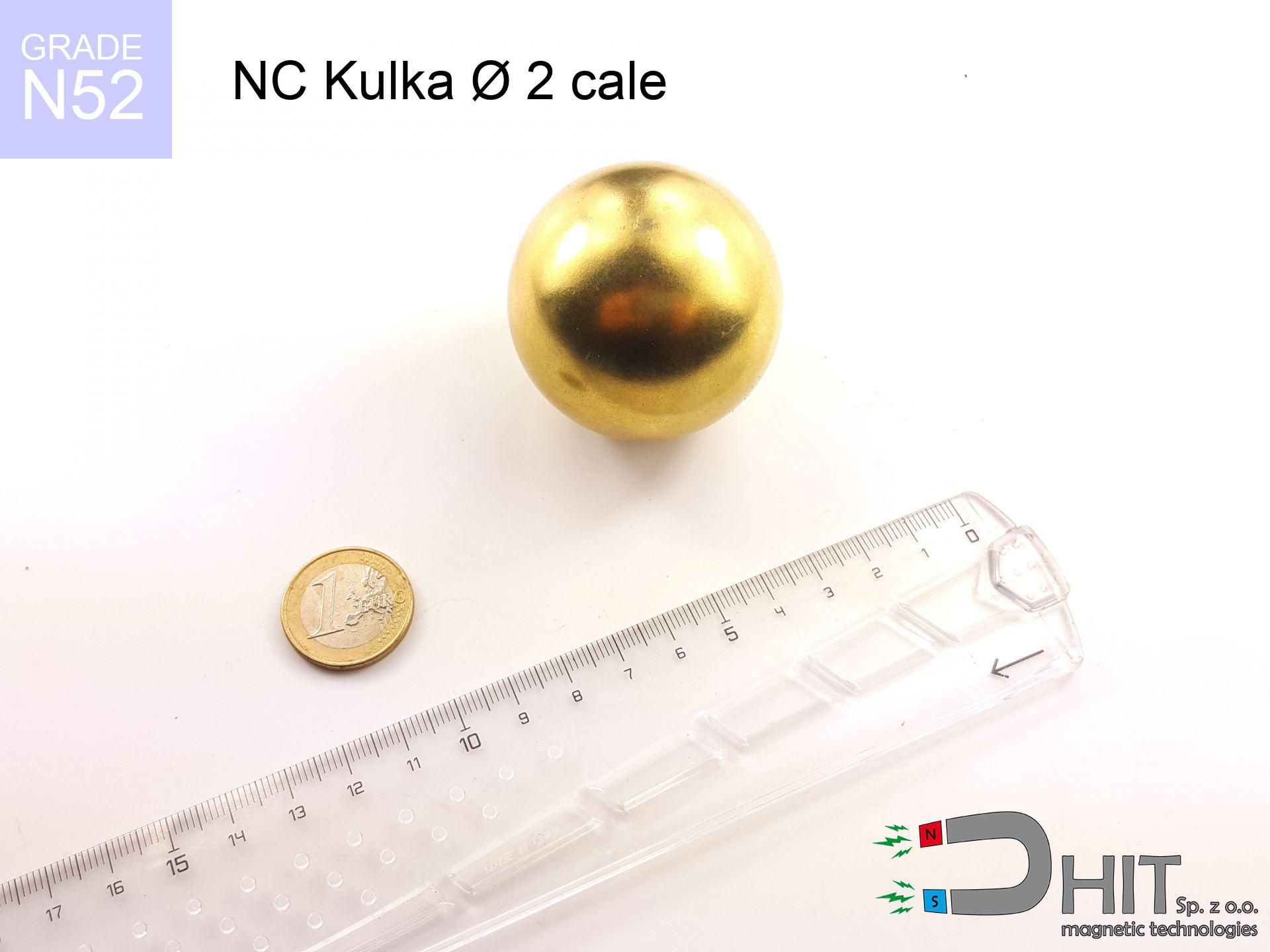SM 25x100 [2xM8] / N42 - magnetic roller
magnetic separator
catalog number 130287
GTIN: 5906301812807
diameter Ø
25
mm [±0,1 mm]
height
100
mm [±0,1 mm]
max. temperature
≤ 80
°C
catalog number 130287
GTIN: 5906301812807
diameter Ø
25 mm [±0,1 mm]
height
100 mm [±0,1 mm]
max. temperature
≤ 80 °C
246.00 ZŁ gross price (including VAT) / pcs +
200.00 ZŁ net price + 23% VAT / pcs
bulk discounts:
need more quantity?Want to talk about magnets?
Give us a call tel: +48 22 499 98 98 or get in touch via contact form on our website. You can check the strength as well as the appearance of magnet in our force calculator force calculator
Orders placed by 2:00 PM will be shipped on the same business day.
Specification: magnetic separator 25x100 [2xM8] / N42
Magnetic properties of the material N42
Physical properties of sintered neodymium magnets Nd2Fe14B
Product suggestions
Advantages as well as disadvantages of neodymium magnets NdFeB.
Apart from immense strength, neodymium magnets have the following advantages:
- They do not lose power over time - after approximately 10 years, their power decreases by only ~1% (theoretically),
- They are exceptionally resistant to demagnetization caused by an external magnetic field,
- In other words, thanks to the shiny coating of nickel, gold, or silver, the element acquires an aesthetic appearance,
- They exhibit extremely high magnetic induction on the surface of the magnet,
- By using an appropriate combination of materials, they can achieve significant thermal resistance, allowing them to operate at temperatures up to 230°C and above...
- Thanks to the flexibility in shaping or the ability to adapt to specific requirements – neodymium magnets can be produced in various forms and dimensions, which expands the range of their possible uses.
- Wide application in modern technologies – are used in computer drives, electric motors, medical equipment or very advanced devices.
Disadvantages of neodymium magnets:
- They are fragile when subjected to a strong impact. If the magnets are exposed to impacts, we recommend using magnets in a protective case. The steel housing in the form of a holder protects the magnet from impacts, and at the same time increases its overall strength,
- They lose power at high temperatures. Most neodymium magnets experience permanent loss of strength when heated above 80°C (depending on the shape and height). However, we also offer special magnets with high temperature resistance, up to 230°C,
- They rust in a humid environment - during outdoor use, we recommend using waterproof magnets, such as those made of rubber or plastic,
- Limited ability to create threads or complex shapes in the magnet - the use of a housing is recommended - magnetic holder
- Possible danger arising from small pieces of magnets pose a threat, in case of ingestion, which is particularly important in the aspect of protecting young children. Furthermore, small elements of these magnets have the potential to hinder the diagnostic process when they are in the body.
Exercise Caution with Neodymium Magnets
Neodymium magnets are among the strongest magnets on Earth. The astonishing force they generate between each other can shock you.
On our website, you can find information on how to use neodymium magnets. This will help you avoid injuries and prevent damage to the magnets.
Under no circumstances should neodymium magnets be placed near a computer HDD, TV, and wallet.
Strong fields generated by neodymium magnets can damage magnetic storage media such as floppy disks, credit cards, magnetic ID cards, cassette tapes, video tapes, or other similar devices. In addition, they can damage televisions, VCRs, computer monitors, and CRT displays. You should especially avoid placing neodymium magnets near electronic devices.
Dust and powder from neodymium magnets are flammable.
Avoid drilling or mechanical processing of neodymium magnets. Once crushed into fine powder or dust, this material becomes highly flammable.
Magnets will attract to each other, so remember not to allow them to pinch together without control or place your fingers in their path.
If you have a finger between or alternatively on the path of attracting magnets, there may be a serious cut or a fracture.
It is important to maintain neodymium magnets out of reach from youngest children.
Neodymium magnets are not toys. Do not allow children to play with them. Small magnets can pose a serious choking hazard. If multiple magnets are swallowed, they can attract to each other through the intestinal walls, causing significant injuries, and even death.
Neodymium magnetic are extremely fragile, they easily break as well as can crumble.
Neodymium magnetic are fragile as well as will crack if allowed to collide with each other, even from a distance of a few centimeters. Despite being made of metal and coated with a shiny nickel plating, they are not as hard as steel. At the moment of collision between the magnets, tiny sharp metal fragments can be propelled in various directions at high speed. Eye protection is recommended.
If you have a nickel allergy, avoid contact with neodymium magnets.
Studies clearly indicate a small percentage of people who suffer from metal allergies such as nickel. An allergic reaction often manifests as skin redness and rash. If you have a nickel allergy, you can try wearing gloves or simply avoid direct contact with nickel-plated neodymium magnets.
Under no circumstances should neodymium magnets be brought close to GPS and smartphones.
Neodymium magnets produce strong magnetic fields that interfere with magnetometers and compasses used in navigation, as well as internal compasses of smartphones and GPS devices.
Neodymium magnets can demagnetize at high temperatures.
While Neodymium magnets can demagnetize at high temperatures, it's important to note that the extent of this effect can vary based on factors such as the magnet's material, shape, and intended application.
Neodymium magnets are not recommended for people with pacemakers.
Neodymium magnets generate very strong magnetic fields that can interfere with the operation of a pacemaker. This is because many of these devices are equipped with a function that deactivates the device in a magnetic field.
To show why neodymium magnets are so dangerous, read the article - How very dangerous are strong neodymium magnets?.

![SM 25x100 [2xM8] / N42 - magnetic roller SM 25x100 [2xM8] / N42 - magnetic roller](https://cdn3.dhit.pl/graphics/products/sm-25x100-2xm8-feg.jpg)



![magnetic separator 25x375 [2xM8] / N42 magnetic separator 25x375 [2xM8] / N42](https://cdn3.dhit.pl/graphics/products/sm-25x375-2xm8-feg.jpg)

